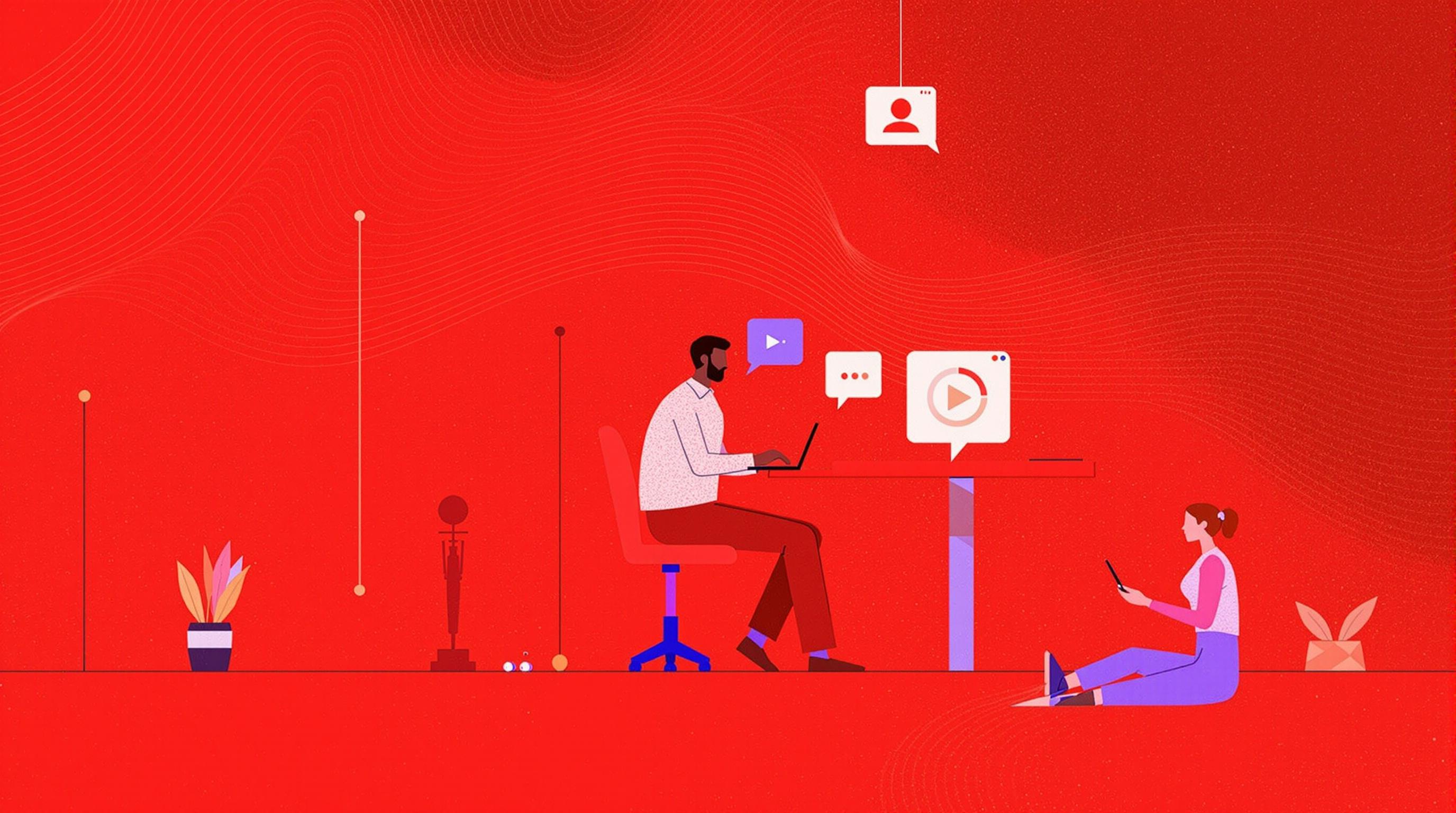Related Articles
- Navigating the Talent Labyrinth: How Emotional Intelligence Is Shaping New Hiring Practices in Unseen Markets
- Behind the Scenes: How Automating HR Processes Is Redefining the Future of Recruitment and Job-Seeking Strategies
- Beneath the Surface: Unveiling the Surprising Role of Environmental Sustainability in Shaping Future Careers
- Exploring the Quirky Side of Remote Work: How Hobbies Are Fueling Professional Success in Unexpected Ways
- How the Remote Revolution is Inspiring Unlikely Friendships Across Continents: A Study of Global Connectedness
- The Unforeseen Bond: How Virtual Coworking Spaces Foster Unexpected Connections Amidst Remote Work
10 Unforeseen Remote Work Trends: Insights into How Virtual Environments are Shaping Employee Mental Health and Productivity
10 Unforeseen Remote Work Trends: Insights into How Virtual Environments are Shaping Employee Mental Health and Productivity
10 Unforeseen Remote Work Trends: Insights into How Virtual Environments are Shaping Employee Mental Health and Productivity
1. The Rise of Hybrid Work Models
With the COVID-19 pandemic acting as a catalyst, many companies have adopted hybrid work models that blend remote work with in-office interactions. This approach allows employees to enjoy the flexibility of working from home while still benefiting from face-to-face collaboration.
Research from McKinsey & Company suggests that hybrid work is here to stay, with 80% of employees preferring a mix of remote and on-site work. This trend enhances job satisfaction as employees have greater control over their work environments.
Yet, this shift also introduces new challenges. Employees may experience anxiety over maintaining productivity while balancing home responsibilities, which can impact mental health during transitions into hybrid environments.
2. Blurred Lines Between Work and Personal Life
The remote work trend has made it increasingly difficult for employees to separate their work and personal lives. Home offices, once a temporary solution during the pandemic, have become permanent fixtures in many households.
This blending can lead to longer hours and increased stress, as employees feel obliged to be always available. According to a study by Buffer, 18% of remote workers cite loneliness as their biggest struggle, often driven by the inability to disengage from work.
Organizations must therefore be proactive in setting clear boundaries and expectations regarding work hours to help manage this potential mental health hazard.
3. Focus on Mental Health Resources
As companies navigate the complexities of remote work, there is a growing emphasis on mental health resources. Employers are beginning to understand the importance of supporting employees' well-being, offering tools such as online counseling and wellness programs.
A survey conducted by Gartner indicates that organizations investing in mental health resources see a significant boost in productivity and employee engagement. Providing access to mental health resources fosters a supportive work culture.
Additionally, open conversations surrounding mental health have become essential, allowing employees to voice their concerns without fear of stigma.
4. Emphasis on Communication Tools
Effective communication is vital in a remote working environment. With teams scattered across different locations, companies are investing in advanced communication tools to facilitate seamless interactions.
Platforms like Slack, Microsoft Teams, and Zoom have gained traction, enabling real-time collaboration. A study by Statista shows that 67% of employees feel more engaged when their organization utilizes collaboration tools.
However, over-reliance on these tools can also lead to "Zoom fatigue." Companies need to ensure that communication tools enhance rather than hinder productivity.
5. The Growing Importance of 'Digital Detox'
As remote work blurs professional and personal boundaries, many employees now recognize the need for 'digital detox' periods. Taking scheduled breaks from digital devices is becoming a crucial practice for mental well-being.
Research from the University of California highlights that time away from screens improves focus and reduces stress. Employees can recharge their mental batteries through mindfulness or outdoor activities, translating into increased productivity when they return.
Encouraging a culture of digital detox can cultivate a more engaged workforce, potentially improving overall job satisfaction.
6. Increased Reliance on Asynchronous Work
The shift to remote work models has sparked a rise in asynchronous work, allowing employees to manage their schedules flexibly. This approach empowers workers to communicate and collaborate on their own time, making room for better work-life balance.
According to a report by Buffer, 37% of remote workers feel that flexible hours improve their productivity. Asynchronous work accommodates varying productivity peaks throughout the day, catering to individual needs.
While this model enhances flexibility, it can challenge team cohesion if not managed properly. Companies must implement structured processes to ensure accountability and team alignment.
7. The Importance of Employee Recognition Programs
In a remote environment, recognition of employee achievements takes on new significance. Celebrating successes can help counter feelings of isolation and disengagement that may emerge when working away from colleagues.
Research from Gallup shows that organizations with robust employee recognition programs see 31% lower turnover rates. Effective recognition can bolster motivation and morale, especially in remote settings.
Employers are shifting towards virtual recognition efforts, such as shout-outs during team meetings or personalized messages, ensuring employees feel valued no matter where they work.
8. Creating Virtual Social Spaces
To foster connections among remote workers, many organizations are creating virtual social spaces. These platforms allow colleagues to engage in casual conversations and team-building activities outside of formal meetings.
A survey from HBR confirmed that social interactions directly impact team collaboration and job satisfaction, making these virtual hangouts essential for remote work culture.
Games, coffee breaks, and virtual happy hours also help nourish team bonds, reinforcing a sense of community within remote teams.
9. Evolving Expectations of Leadership
Remote work has shifted the expectations placed on leaders. Effective communication and empathy are now paramount as leaders navigate the challenges their teams face in a virtual work environment.
A study by Deloitte underscores that leaders embracing a supportive leadership style are more effective in motivating their teams in remote settings. Emotional intelligence is becoming a critical competency for effective remote management.
Leaders must also prioritize transparency, regularly sharing company updates and encouraging open dialogues that ease uncertainties and foster trust.
10. Shifts in Work-Life Priorities
Finally, remote work has led many employees to reevaluate their work-life priorities. The pandemic has prompted reflection on personal values and career aspirations, shifting focus toward a more balanced lifestyle.
A report by LinkedIn revealed that 70% of employees are now seeking jobs that prioritize work-life balance over salary. This shift emphasizes a growing trend in prioritizing well-being over traditional career pursuits.
Organizations that acknowledge and adapt to these changing priorities are likely to attract and retain top talent in the evolving workforce landscape.




